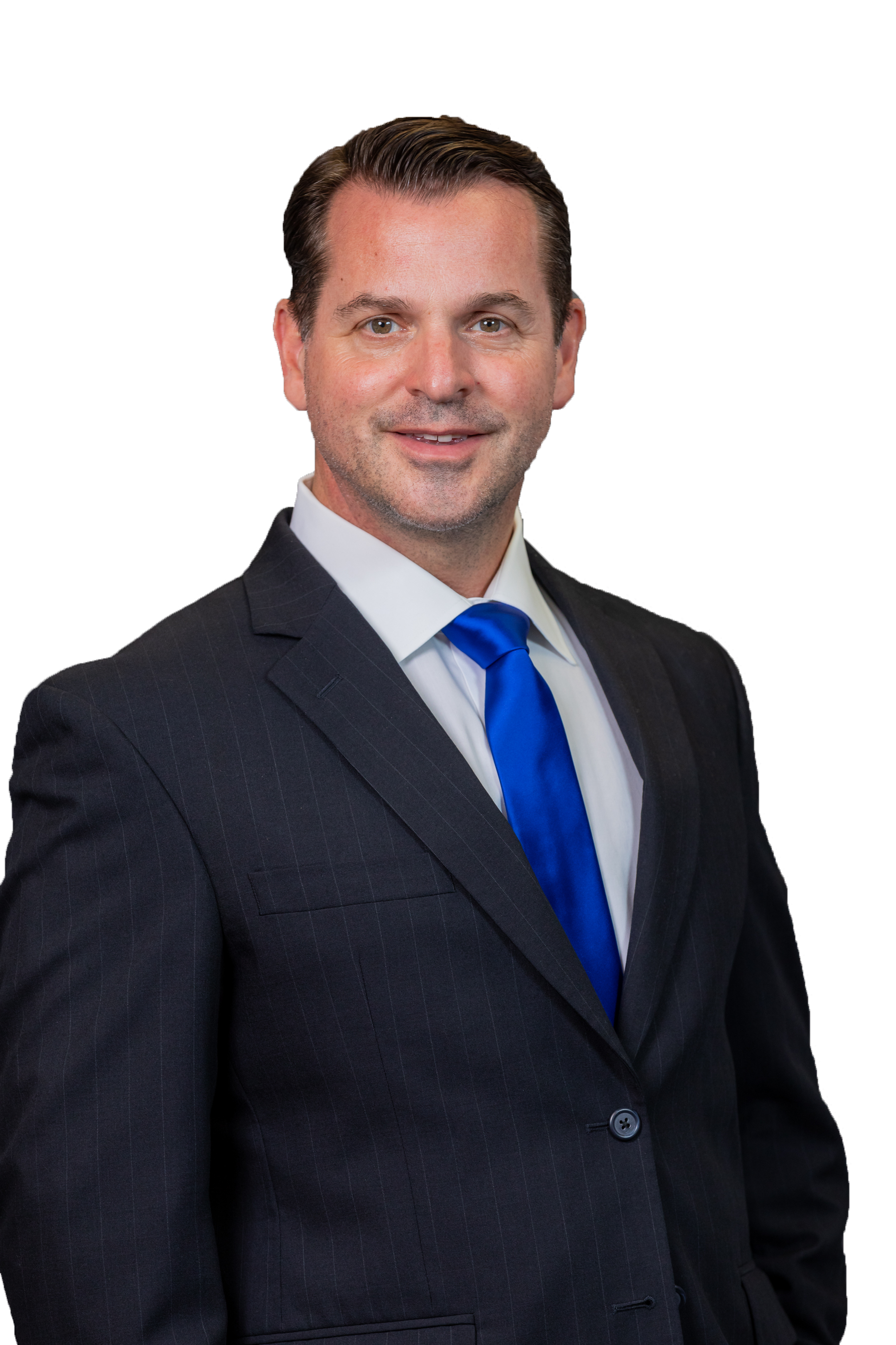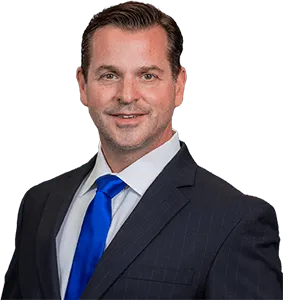
Your Routine = Your Results
Not too long ago, I heard one of my favorite leaders say these words: “Direction, not intention, determines your destination”. That stuck with me. I don’t know about you, but it seems I battle daily with keeping my mind and feet on a path toward productivity vs just activity. You may have heard me say in past
newsletters that Your Routine = Your Results. For me to ensure the right direction of being productive and valuing others each day, I need to examine my habits. As you know, we can create and establish effective and productive habits but also develop bad habits.
So, as I began working on HOW to better help myself, my team, and you as we head into a new year, I began by looking at my habits. It is amazing how you can start with a great routine of good habits, but over time – drift. To hedge against that, I looked back at the habits of the most effective people.
You may or may not have ever read Stephen Covey’s best-selling book The 7 Habits of
Highly Effective People. If not, you should get a copy and read it. If you have, it could be time for a refresher…depending on whether you are happy with your direction or concerned your current path may not 100% end at your desired destination in life.
In the book, Covey presents an approach to being effective in attaining goals by aligning oneself to what he calls “true north” principles based on a character ethic that he presents as universal and timeless.
Most people believe they have good ethics, but again, if the outcomes or results we are getting from our daily routines are NOT what we want… we must realize something isn’t quite right. How effective are you at obtaining desired results?
Effectiveness is the balance of obtaining desirable results with caring for those that produce those results. Covey illustrates this by referring to the fable of the goose that laid the golden eggs. He further claims that effectiveness can be expressed in terms of the P/PC ratio, where P refers to getting desired results and PC is caring for that which produces the results.
Covey promotes what he labels “the character ethic”: aligning one’s values with so-called universal and timeless principles. In doing this, Covey is deliberately and mindfully separating principles and values. He sees principles as external natural laws, while values remain internal and subjective.
Our values govern our behavior, while principles ultimately determine the consequences. To better demonstrate this, Mr. Covey presents his teachings in a series of habits, manifesting as a progression from dependence through independence to interdependence. Bottom line… daily habits = desired results.
However, as they say, old habits are hard to break, so the first step is to understand where success starts: how you think. How much time do you sit and just – think? Analyze, even meditate on where you are and where you want to go. Tough to break a habit without knowing about it or understanding how/why you do it.
My first step to a better year in 2024 is to bridge the gap between knowing and doing. To do that, let’s begin with what Covey introduces as the Maturity Continuum. These are three successive stages of increasing maturity: dependence, independence, and interdependence. At birth, everybody is dependent, and characteristics of dependence may linger; this is the first and lowest stage of maturity. Dependence means you need others to get what you want.
All of us began life as an infant, depending on others for nurturing and sustenance. I may be intellectually dependent on other people’s thinking; I may be emotionally dependent on other people’s affirmation and validation of me. Dependence is the attitude of “you”: you take care of me…or you don’t come through and I blame you for the result.
Independence means you are pretty much free from the external influence [and] support of others. Independence is the attitude of “I”. It is the avowed goal of many individuals, and many social movements, to enthrone independence as the highest level of achievement, but it is not the ultimate goal in effective living. There is a far more mature and more advanced level.
The third and highest level in the Maturity Continuum is interdependence. We live in an interdependent reality. Interdependence is essential for good leaders; good team players; a successful marriage or family life; organizations; and in relationships. Interdependence is the attitude of “we”: we can cooperate; we can be a team; we can combine our talents; and we can value each other. Each of the first three habits in The Seven Habits of Highly Effective People is intended to help achieve independence. The next three habits are intended to help achieve interdependence. The final, seventh habit is intended to help maintain these achievements.
I am committing here and now, as you read this, to BETTER use more effective habits! Here is a summary of my intended habits. Feel free to call me out if you see me violating any of these.
The First Three Habits surround moving from dependence to independence (i.e., self-mastery):
1 – Be proactive
Talks about the concept of the Circle of Influence and the Circle of Concern. Work from the center of your influence and constantly work to expand it. Don’t sit and wait in a reactive mode, waiting for problems to happen (Circle of Concern) before acting. Be mindful of WHO I associate with, and WHAT I watch and read.
2 – Begin with the end in mind
Envision what you want in the future, so you can work and plan towards it. Understand how people make decisions in their lives. To be effective you need to act based on principles and
constantly review your mission statement. Are you who you want to be? What do I have to say about myself? How do you want to be remembered? If habit 1 advises you to change your life to act and be proactive, habit 2 advises that you are the programmer! Grow and stay humble. All things are created twice. Before we act, we should act in our minds first, before we create something we measure twice. this is what the principle is about, do not just act, think first, is this how I want it to go and are these the correct consequences?
3 – Put first things first
There exists a matrix of importance vs urgency used in deciding where to invest efforts. I must understand the difference between leadership and management. Leadership in the outside world begins with personal vision and personal leadership. So, what is important and what is urgent?
Priority should be given in the following order:
Quadrant I. Urgent and important (Do) – important deadlines and crises
Quadrant II. Not urgent but important (Plan) – long-term development
Quadrant III. Urgent but not important (Delegate) – distractions with deadlines
Quadrant IV. Not urgent and not important (Eliminate) – frivolous distractions
The order is important; after completing items in quadrant I, we should spend most of our time on II, but many people spend too much time on III and IV. The calls to delegate and eliminate are effective reminders of their relative priority.
The next three habits talk about interdependence (e.g., working with others):
4 – Think win-win
Genuine feelings for mutually beneficial solutions or agreements in your relationships. Value and respect people by understanding a “win” for all is ultimately a better long-term resolution than if only one person in the situation had gotten their way. Think Win-Win isn’t about being nice, nor is it a quick-fix technique. It is a character-based code for human interaction and collaboration.
5 – Seek first to understand, then to be understood
Use empathetic listening to genuinely understand a person, which compels them to reciprocate the listening and take an open mind to be influenced by you. This creates an atmosphere of caring and positive problem-solving.
Habit 5 is greatly embraced in Greek philosophy and represented by 3 words:
1) Ethos – your credibility. It’s the trust that you inspire, your Emotional Bank Account.
2) Pathos, the empathetic side – it’s the alignment with the emotional trust of another person.
3) Logos is the logic – the reasoning part of the presentation.
The order is important: ethos, pathos, logos – your character, your relationships, and then the logic of your presentation.
6 – Synergize!
Combine the strengths of people through positive teamwork, to achieve goals that no one could have done alone.
7 – Continual improvement!
The final habit is that of continuous improvement in both the personal and interpersonal spheres of influence. Stephen Covey names it Sharpen the Saw. This is such a big deal, I have it as one of the Core Values of our historic real estate company, Your Home Sold Guaranteed Realty. I preach to our people the importance of
balancing and renewing your resources, energy, and health to create a sustainable, long-term, effective lifestyle. I primarily emphasize exercise for physical renewal, good prayer (meditation, yoga, etc.), and good reading for mental renewal. And of course, service to society for spiritual renewal.
Covey explains the “Upward Spiral” model in the sharpening of the saw section of his book. Through our conscience, along with meaningful and consistent progress, the spiral will result in growth, change, and constant improvement.
This Upward Spiral model consists of three parts: learn, commit, and do. So, I must be increasingly educating my conscience to grow and develop on an upward spiral.
This idea of renewal by education will propel me along the path of personal freedom, security, wisdom, and power (effectiveness at being productive and valuing others). A direction to an intended destination.
Go Serve Big!!!

Vinny Steo
– Your Home Sold Guaranteed Realty
“A community loves on those who love on their community.”
– Dr. Ike Reighard
Subscribe to get access to a hotlist of homes that matches your buying criteria


